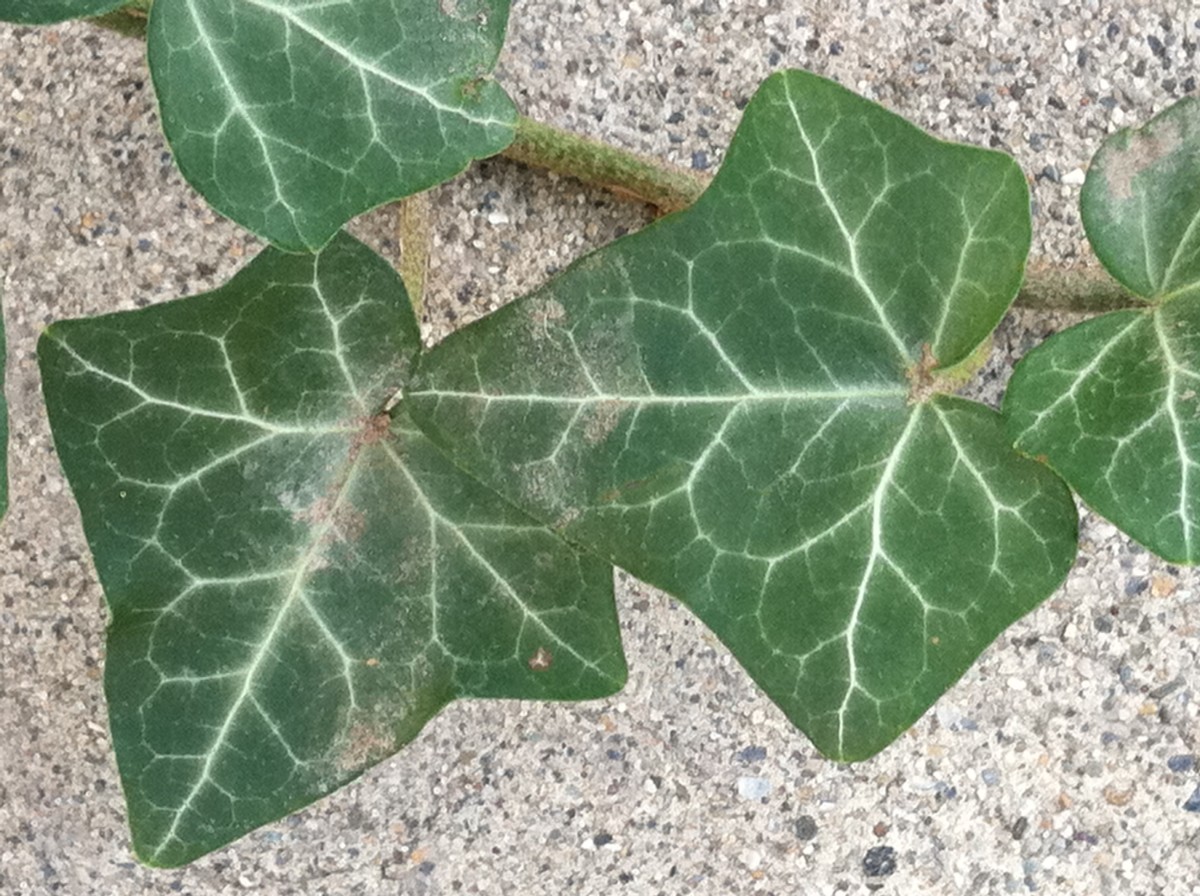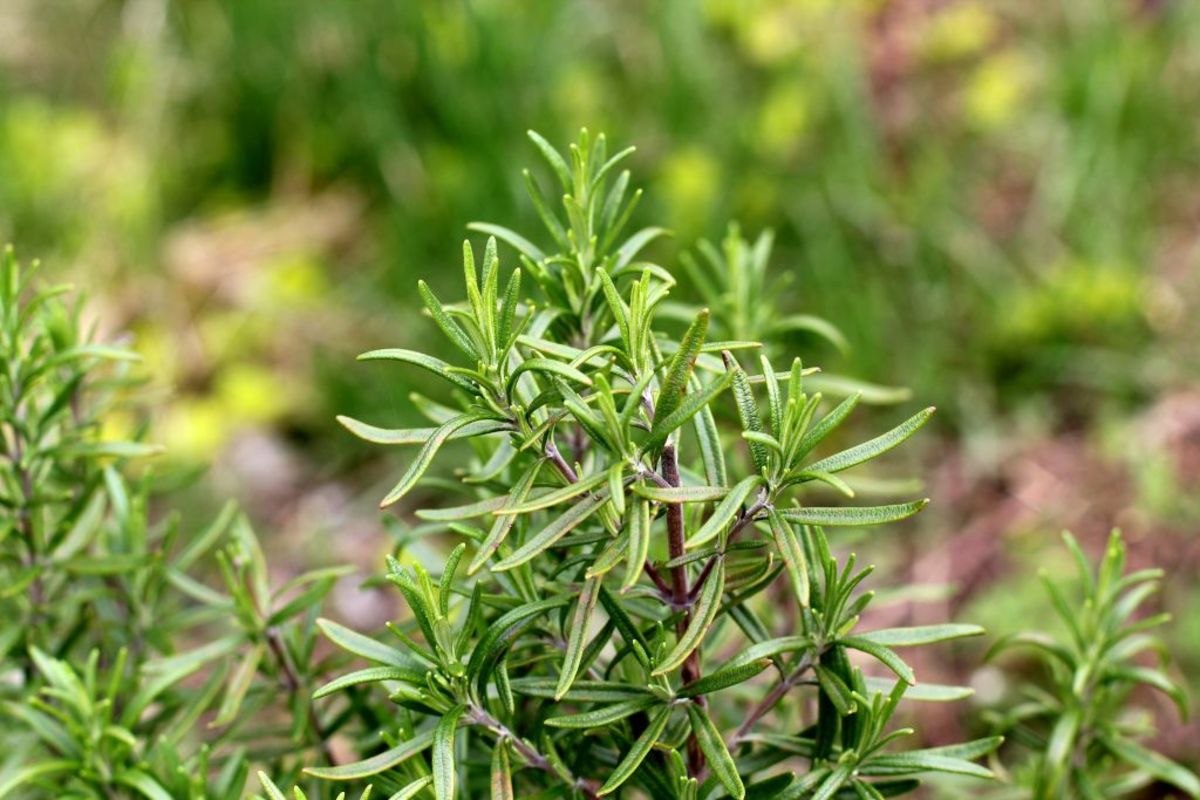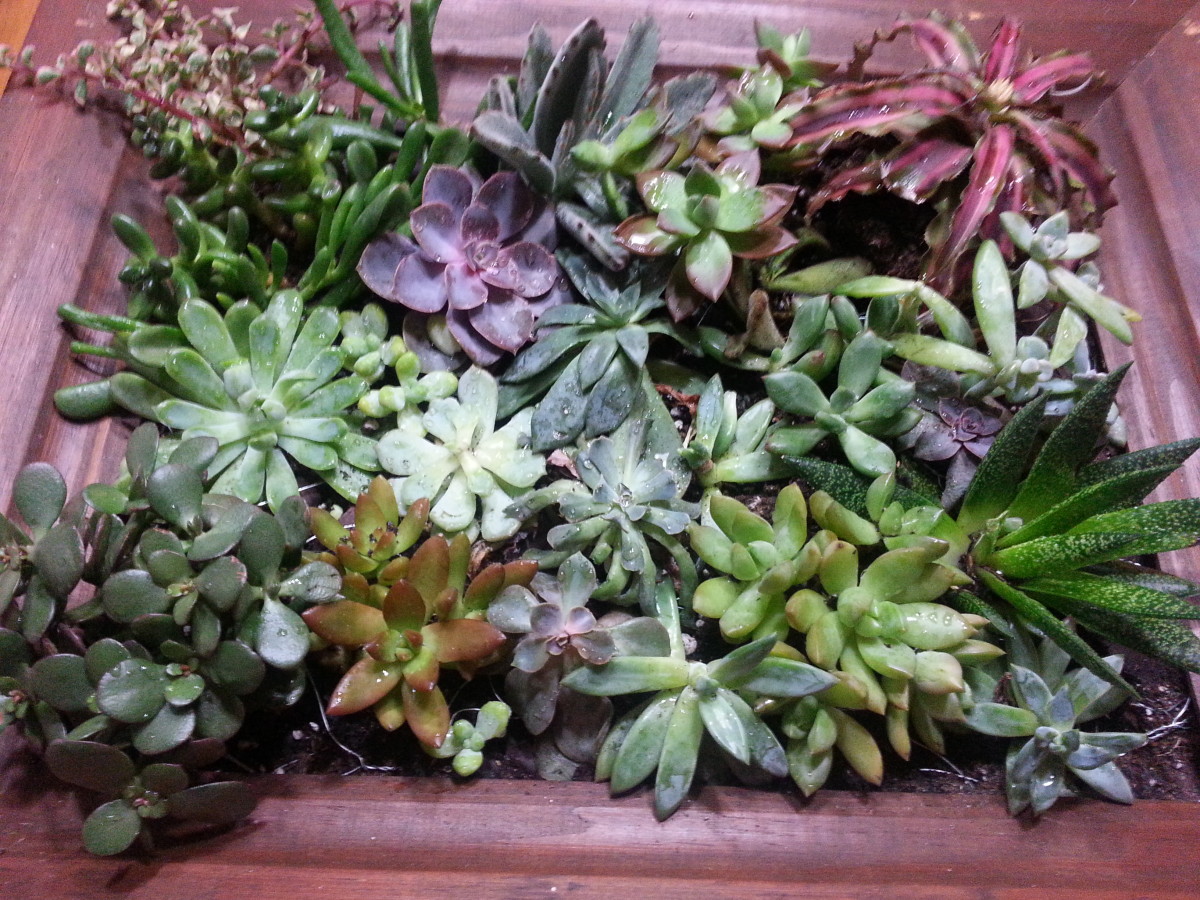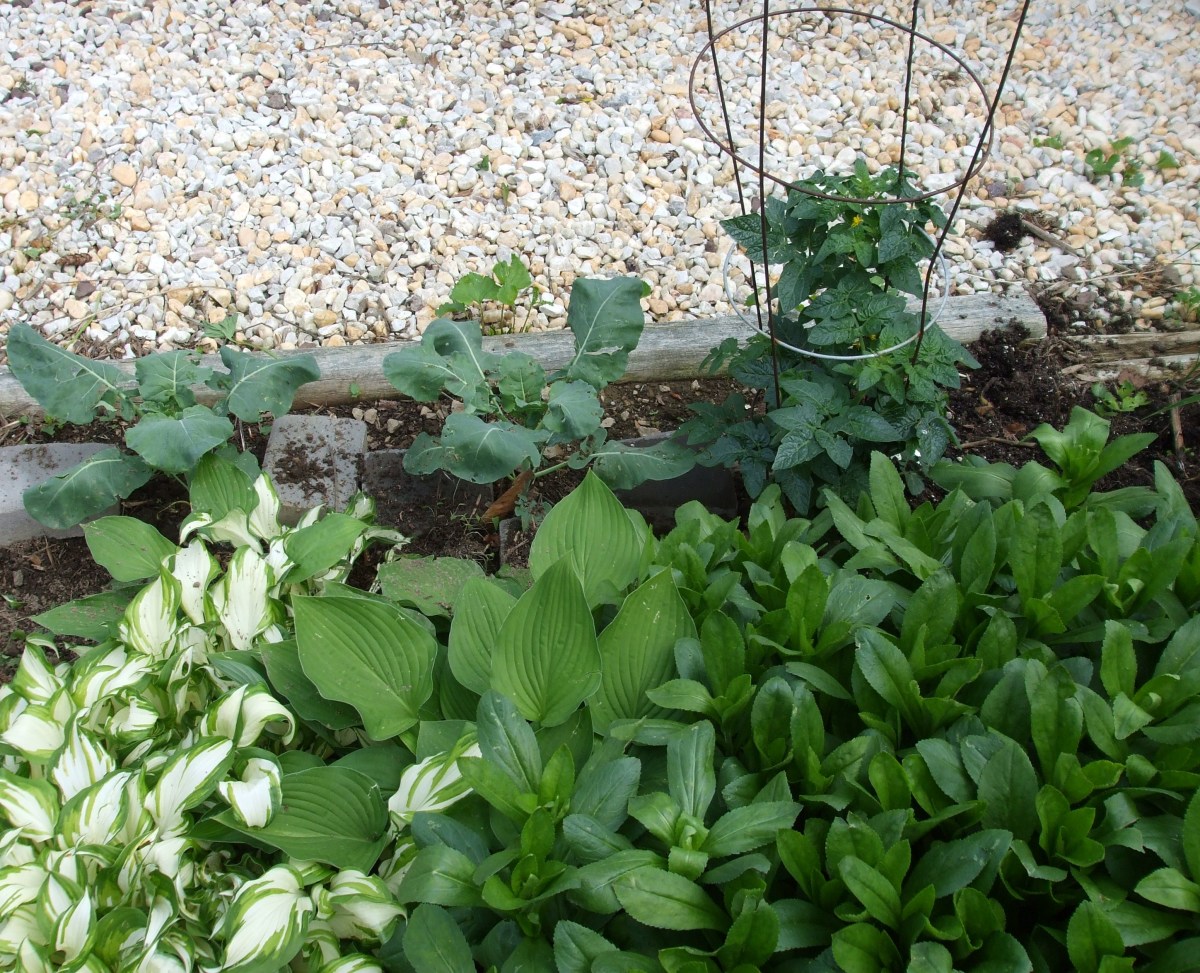Growing English Ivy: Some Warnings
About English Ivy: Some Warnings
Growing non-native plants can be, not only more difficult to grow, but can do serious damage to the environment (see link below about the Meyer lemon tree). English Ivy has been grown and used in so many applications and for so long that we tend to think of it as a native plant, but it is not.
If you are planning to grow English Ivy, or have it growing in your landscape, there are certain precautions to take.
Below is a Q & A list about English Ivy.
What is English Ivy? Have I seen it?
Classified botanically as Hedera helix, English ivy is the most commonly grown ivy in the USA. It has a small root-like structure with a sticky substance, allowing it to climb and attach itself to brickwork, trees and other surfaces. English ivy also grows as a ground cover. It is most obvious when it is growing up the side of a building (see photo) - where it looks very pretty, but can dislodge the grout and bricks.
What are the origins?
It belongs to the aralia (Araliaceae) family. English Ivy is native to Europe, northern Africa and western Asia.
Can you describe it?
Waxy, leather leaves of the perennial English ivy are dark green with white veins. The most common leaf has 3-5 lobes, but the leaves can also be rounded and unlobed. English ivy can grow for 10 years before clusters of small yellow-green flowers are produced.
How is it commonly used?
For landscaping purposes, English ivy is used in a variety of ways. It can be trained on walls, trellises and fences, and also used in planters for a cascade effect. Sometimes, English ivy is used as a ground cover under trees, on shaded patios, and in beds. English ivy is also quite often used in topiary.
Can it be grown indoors?
English ivy can be grown successfully indoors as a foliage plant. Direct sunlight from windows facing south and west should be avoided.
Are there many types of ivy?
There are more than 400 named cultivars of English Ivy in existence. The most common ones are produced by commercial growers for fast growth and are found at local garden centers.
So what's the problem?
The National Park Services (NPS) reports that English ivy has an impact on all levels of forested areas. Its vigorous growth and search for light can engulf tree branches and kill them by preventing the ability of light to reach the leaves of the tree. Also, the heavy weight from the vines can make the host tree susceptible to being blown over during high winds and rains, as well as snowfalls. This creates a hazard if the ivy-covered trees are near where people congregate.
Note: A neighbor's tree was engulfed by ivy growing beneath it. Now that the tree is bare you can see that ivy has grown almost to the top of this 20 foot tree, and the tree has died.
A Warning - The NPS reports that English ivy is harmful to elms, maples, oaks and a variety of native plants because it serves as a reservoir for a plant pathogen known as Bacterial Leaf Scorch (Xylella fastidiosa). Be sure not to plant or allow English ivy to grow near these trees and native plants.
For a list of native trees, information about companion planting, and the Meyer lemon tree, see links below:

Native Trees and Companion Planting
- Plant Native Vines Instead of Invasive Species Vines...
The reason why English Ivy, and other vines, spread and take over is because they are invasive species. Planting native vines instead is the humane thing to do. Native plants provide food and shelter for birds and insects that belong in the eco-syste - Native Trees: The Southern Magnolia
In the effort to grow healthy thriving trees, an option is to grow trees native to the area. The beautiful Southern Magnolia tree is native to the United States and is found mainly in the southwestern region.... - Native Trees: The Henry Hicks Magnolia
Native grown trees and plants are easier to grow in their own natural environment. In my search for native trees, the Henry Hicks Magnolia is yet another one that not only grows well but is beautiful to look... - Native Trees: The Eastern Redbud
In an effort to grow healthy trees, a viable option is to grow trees native to the area. The Eastern Redbud is a deciduous tree first cultivated in 1811. The Eastern Redbud is native to all of the eastern half... - Companion Planting for Fruit Trees: Natural Insect R...
While modern agriculture relies heavily on toxic chemicals to raise crops and control insects, home gardeners are reaping the benefits of companion planting; the natural way to attract beneficial insects and...
The Meyer Lemon Tree
- About the Meyer Lemon Tree
Before purchasing a Meyer lemon plant, I decided to do research - and uncovered an interesting bit of history. And the reason why we shouldn't bring/sneak plants into the U.S. from other countries, and vice...






